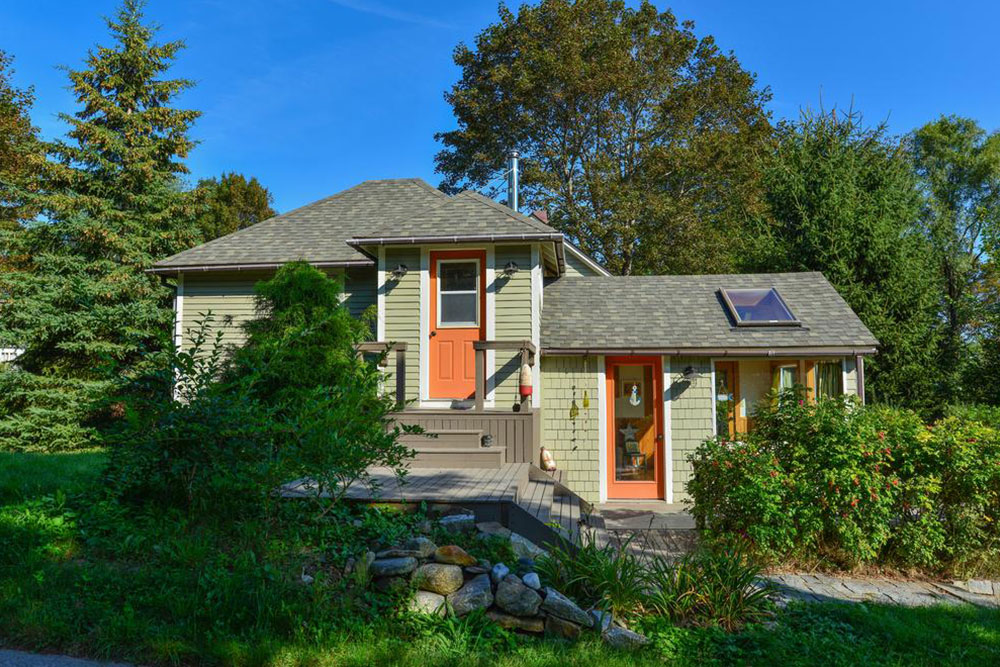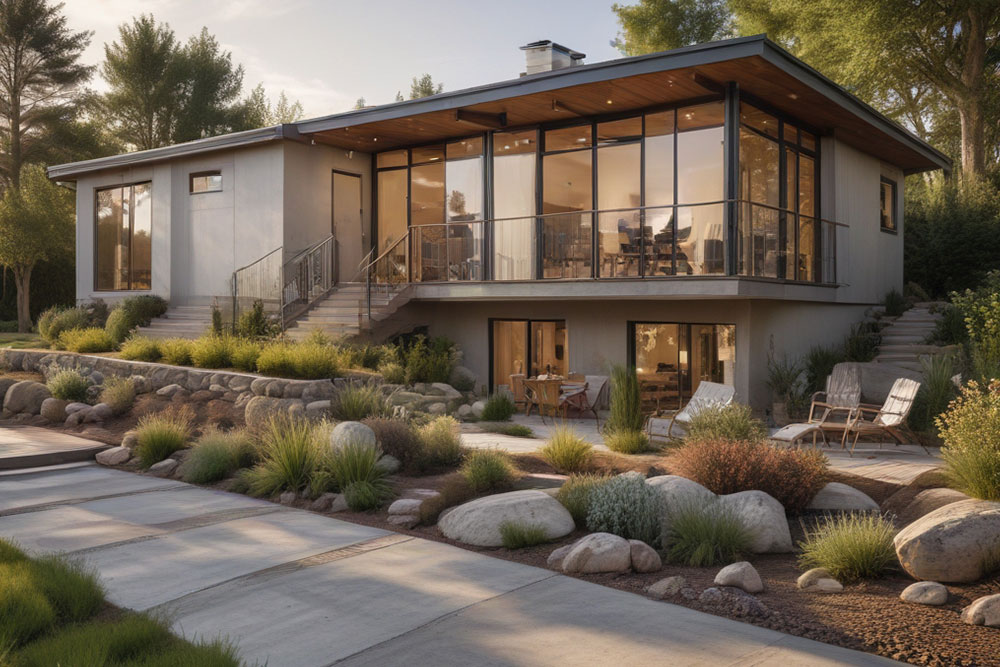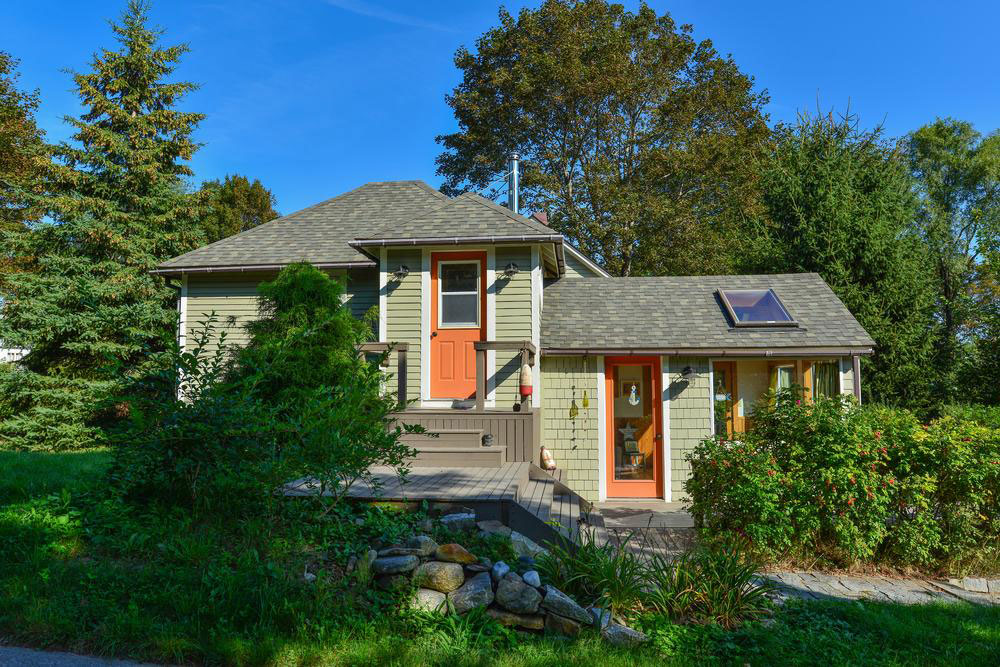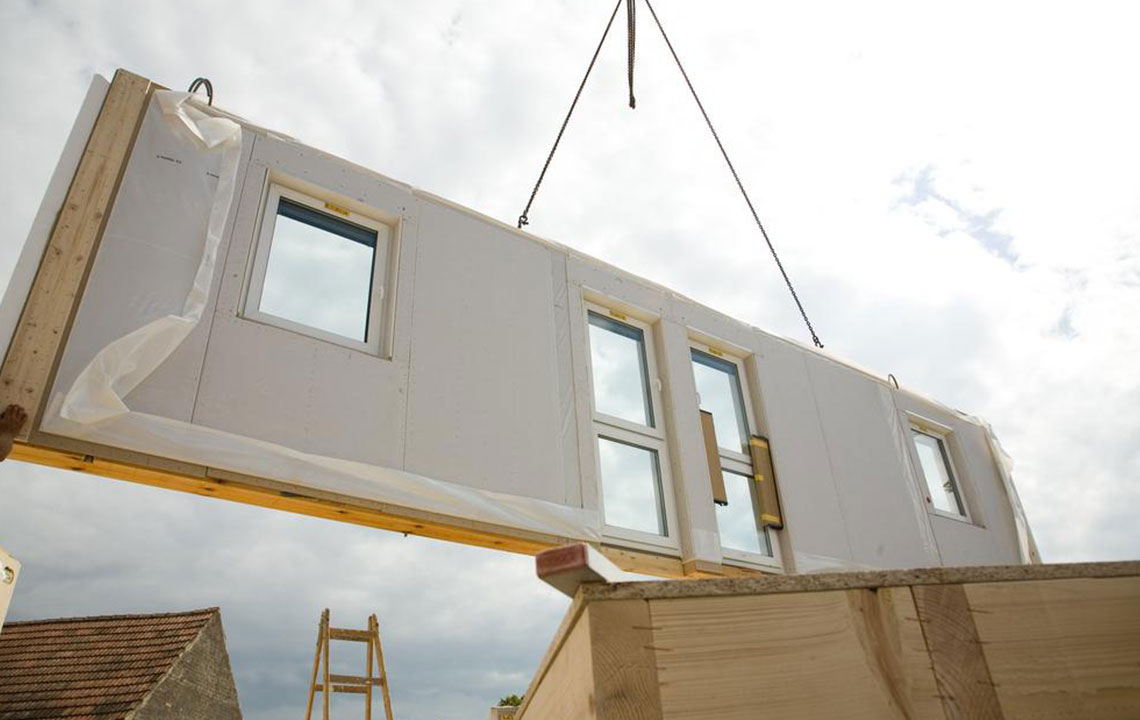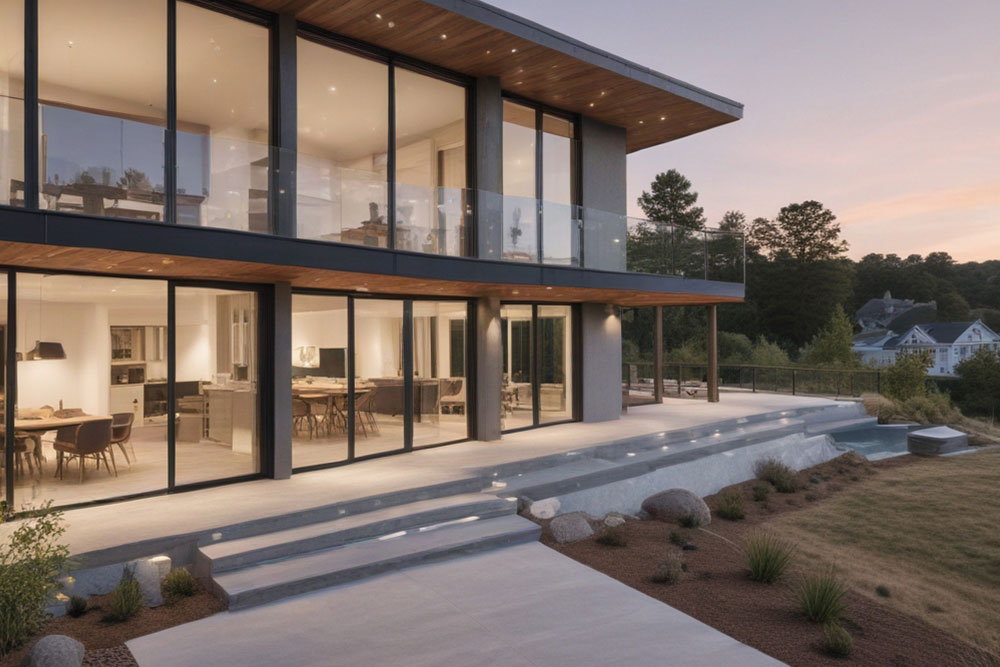Everything You Need to Know About Prefab Modular Homes
Explore essential insights into prefab modular homes, including their appearance, construction process, differences from mobile homes, costs, and advantages. Learn how these efficient, customizable houses are revolutionizing modern housing with faster build times, quality control, and energy efficiency, making them a practical choice for many homeowners. Additionally, understand financing options and the typical timeline to help you make informed decisions about prefabricated living spaces.
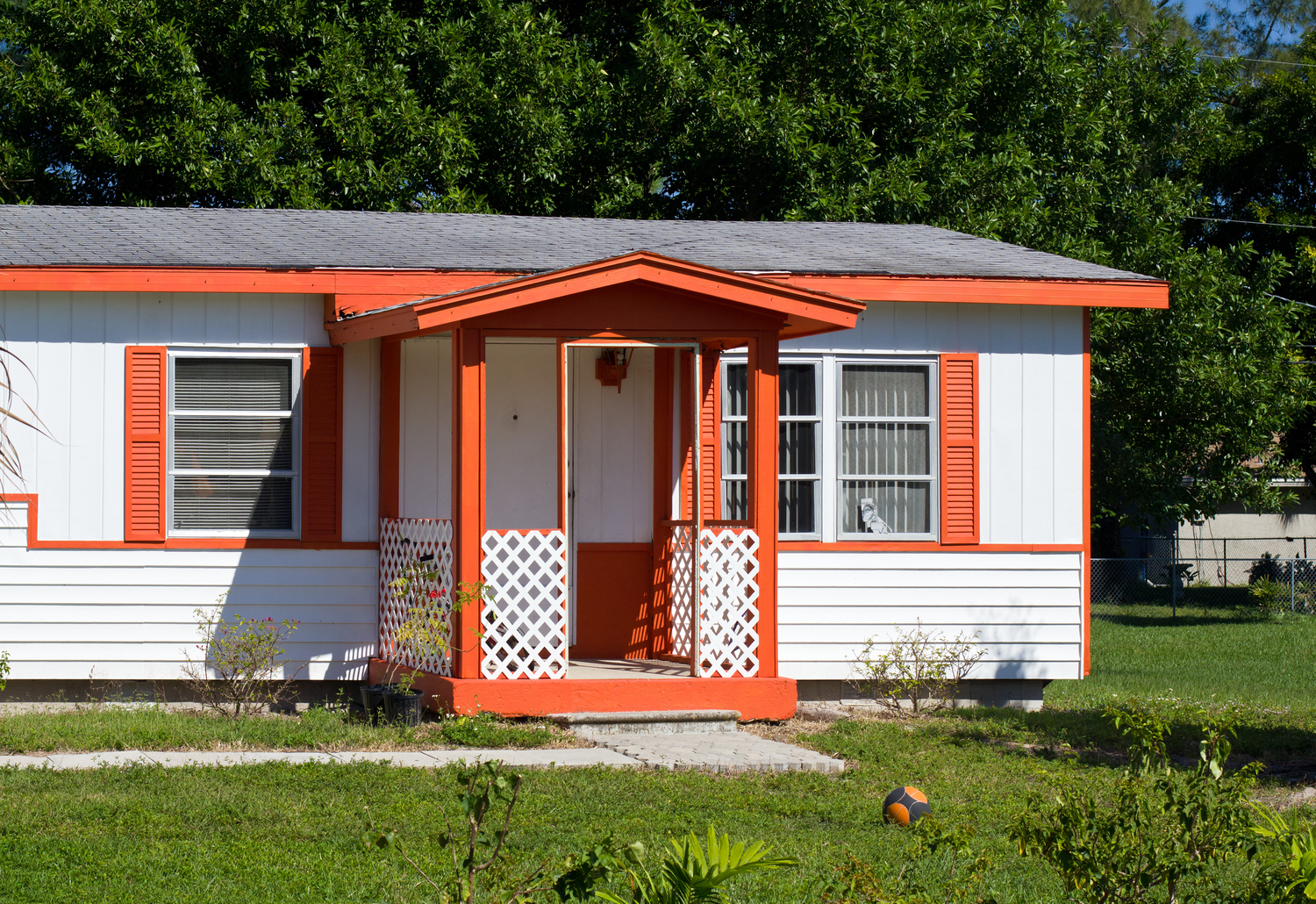
Everything You Need to Know About Prefab Modular Homes
Overview of Prefab Modular Homes
Prefab modular homes are gaining popularity as an efficient and modern construction method, especially in North America for residential projects. This approach involves fabricating building sections offsite, transporting them to the construction site, and assembling them on location, distinguishing it from traditional building methods. Benefits include faster construction, improved quality control, and enhanced safety. However, there are risks like budget overruns and schedule delays, so proper management is essential to ensure a smooth process.
How Does a Modular Home Appear?
Design-wise, modular homes resemble conventional houses.
They are customizable with various styles and available site modifications.
The construction process is more streamlined compared to traditional builds.
Despite the modern process, they use the same materials and design options as standard homes.
Unlike mobile homes, modular homes are different structures.
Differences Between Manufactured and Modular Homes
Manufactured homes, often called mobile homes, are built on a permanent chassis and adhere to federal HUD standards.
They tend to have a compact single or double-wide design with no basements and lower rooflines.
Modular homes are constructed to meet specific state and local building codes.
They can be multi-story, vary in shape and size, and include basements if desired.
Construction Comparison: Modular vs. Site-Built Homes
The building process for modular homes is similar to traditional on-site construction.
The key difference is modular homes are fabricated offsite and assembled later.
Funding and Mortgage Considerations for Modular Homes
Mortgage processes for modular homes mirror those for conventional homes.
Appraisals, loan approvals, and insurance follow similar procedures.
Cost Comparison: Modular vs. On-Site Construction
Prefabricated modular homes can be cost-effective and save both time and money.
Costs may increase with complex designs and additional features like septic systems, gas lines, or basements.
Extra expenses can add approximately 20% to initial estimates.
Construction Timeline for Modular Homes
The duration varies based on size and complexity, with more intricate structures requiring more modules.
Manufacturing occurs in climate-controlled factories, avoiding weather delays.
While modules are prepared, site work happens simultaneously, leading to quicker completion—usually within 1 to 3 months.
Benefits of Choosing a Modular Home
Generally more affordable compared to traditional on-site builds.
Reduced construction time cuts overall costs.
Factory-built quality control eliminates the need for extensive site inspections.
Energy efficiency reduces monthly expenses.
Environmentally friendly construction practices.
Wide variety of designs and customization options.
Expandable options are available for future growth.

